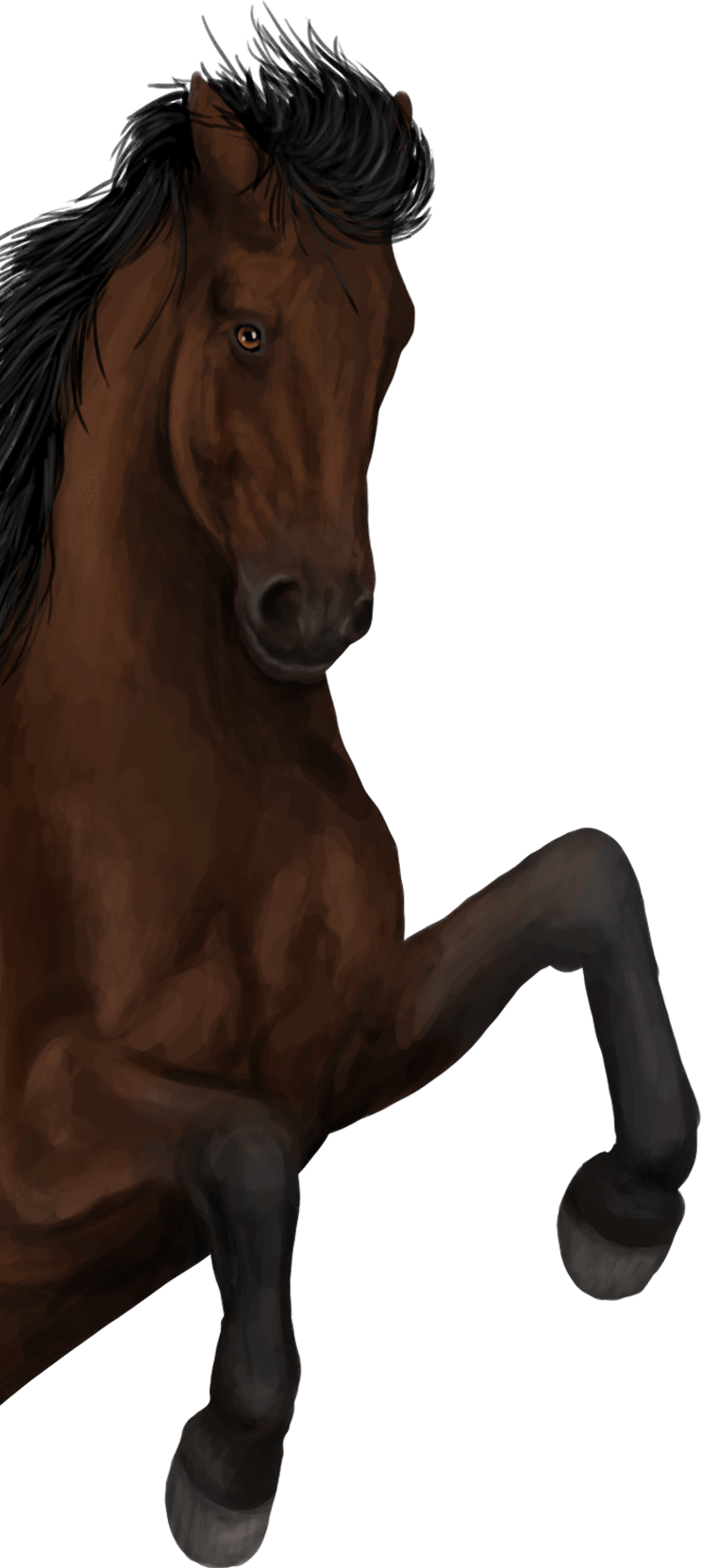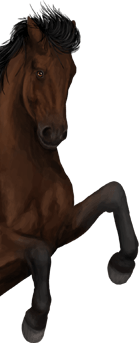This blog post was written by: HolyCow
When you think of ranchers on horseback' one often thinks of cowboys, in a western saddle. When we then talk about disciplines arising from working with cattle, we quickly think of cutting or roping. However, even within Europe you have ranchers, and here too riders have created special competitions to show the skills of themselves and their horses. The most well-known of these is Working Equitation. In Working Equitation, the skills needed for working in the field are important, but traditional riding and culture also play a big role! This particularly involves the culture of cattle drivers from Spain, Portugal, Italy and France.
What is Working Equitation?
Whereas in western disciplines the skills needed for ranch work are nowadays usually tested in several different disciplines, participants of competitions within Working Equitation are tested on multiple skills. There are generally four components: A dressage test, an obstacle course on style aka ‘Ease of Handling Trial’, an obstacle course on speed aka the ‘Speedtrial’, and cow herding. During all these trials, the rider is supposed to ride the horse with only one hand on the reins.
The different parts
The dressage test is similar as we know it in the discipline ‘Dressage’, and consists of both compulsory movements and open-choice movements. Think of figures and movements such as serpentines, flying changes, 3 circles in a row that get smaller and smaller, and pirouettes. The choice of music, if any, also counts. Dressage is the basis of Working Equitation. Without a well-trained, flexible horse, the other elements of the competition might also be poorly done!
The obstacle courses are often what people think of when they think of Working Equitation. It consists of various agility exercises that you have to complete with your horse. Think, for example, of a small jump, a fence you have to get through, or stepping sideways over a beam.
The style section looks at how correctly the exercises are performed: obedience of the horse, ease of movement, quality of the horse's gaits and collection, technique of the rider. It all counts!
In the speed test, the combination must complete all exercises as quickly as possible without accumulating penalty points. Penalty points are awarded if you knock down parts of the course, such as a barrel. Bonus points are also possible, for example if you manage to put your lance through the ring in a ring jousting obstacle!
The cattle part is a team part, and usually not important when it comes to an individual ranking. Teams usually consist of 3 to 4 riders, who have to drive predetermined cows from the herd to a corral. Here, each rider has to drive one cow, with the rest of the team having to keep the herd in place. This is because the herd also has to stay within certain lines! If too many cows from the herd are driven over the line, the riders are disqualified.
Breeds used for Working Equitation
Any breed can compete. As a result, at the recreational level you will see almost every breed pass by. However, certain breeds are more favourably built, or even purpose-bred, for this sport! Lusitano horses are particularly popular, as Lusitanos are still often bred for agility-testing competitions or bullfighting. Especially at higher levels, you almost exclusively see Lusitanos. However, PREs are also still sometimes used, as well as crosses with Quarter Horses like the Aztecas. However, Camargues and Murgese horses were also originally bred for this work, and can be reasonably successful.
Working Equitation associations
Several associations have since been established for Working Equitation, from different countries! Currently, World Association for Working Equitation (WAWE) is the largest umbrella association, with member associations in several countries
However, there are also regional associations with their own rules.
As culture plays a big role in Working Equitation, riders are often dressed in traditional attire. In countries where ranching or cattle herding, over large areas of land, is not really part of the culture, either other parts of the culture are often used to present their background with pride, or traditional clothing from Spain or Portugal is used!
Hopefully I have sparked some more interest in this super cool discipline, and you enjoyed reading this blog!


